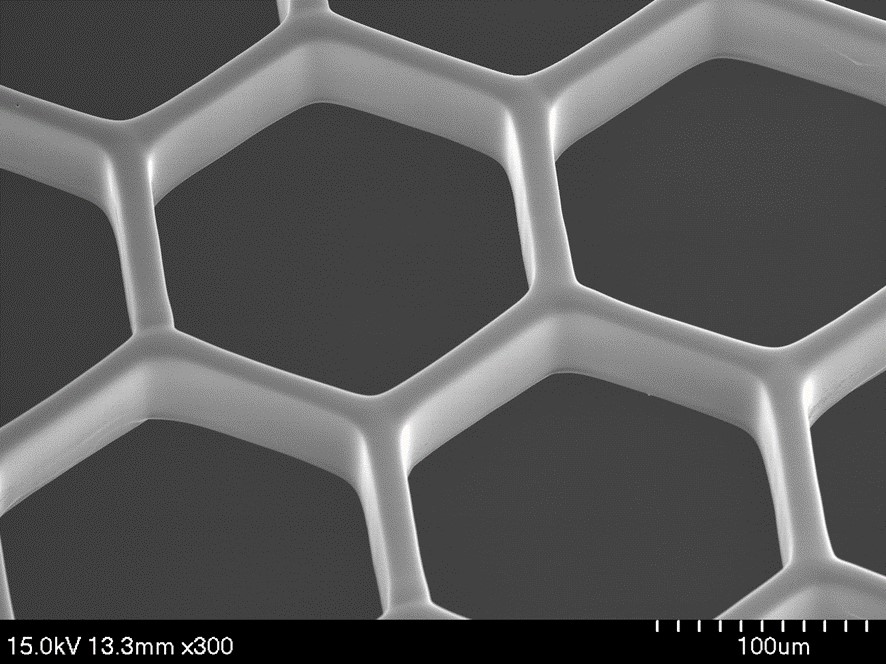-
Courses

Courses
Choosing a course is one of the most important decisions you'll ever make! View our courses and see what our students and lecturers have to say about the courses you are interested in at the links below.
-
University Life

University Life
Each year more than 4,000 choose University of Galway as their University of choice. Find out what life at University of Galway is all about here.
-
About University of Galway

About University of Galway
Since 1845, University of Galway has been sharing the highest quality teaching and research with Ireland and the world. Find out what makes our University so special – from our distinguished history to the latest news and campus developments.
-
Colleges & Schools

Colleges & Schools
University of Galway has earned international recognition as a research-led university with a commitment to top quality teaching across a range of key areas of expertise.
-
Research & Innovation

Research & Innovation
University of Galway’s vibrant research community take on some of the most pressing challenges of our times.
-
Business & Industry

Guiding Breakthrough Research at University of Galway
We explore and facilitate commercial opportunities for the research community at University of Galway, as well as facilitating industry partnership.
-
Alumni & Friends

Alumni & Friends
There are 128,000 University of Galway alumni worldwide. Stay connected to your alumni community! Join our social networks and update your details online.
-
Community Engagement

Community Engagement
At University of Galway, we believe that the best learning takes place when you apply what you learn in a real world context. That's why many of our courses include work placements or community projects.
Cardiac Organoid Systems Project
Tissue Engineering
Tissue engineering holds enormous promise for restoring functionality in damaged regions of the chronically failing heart. The main approach of cardiac tissue engineering is to create cardiac grafts, either whole heart substitutes or tissues that can be efficiently implanted, regenerating the tissue and giving rise to a fully functional heart, without causing side effects. The creation of functional engineered cardiac tissue with electromechanical properties that mimic native human myocardium on a scalable platform has the potential to transform the treatment of chronic heart disease. The central thrust of this project is to extend the size of two photon polymerised structures beyond the typical scale achieved with the commercial systems. The project develops an electrically conductive functionality on photopolymerised tissue scaffolds. The project will investigate the impact on cells and vascular organoids relevant to the regeneration of damaged heart tissue.

Acknowledgements
The Cardiac Organoid Systems Partnership (COSP), is a collaboration between the NSF Engineering Research Center (ERC) for Cellular Metamaterials (CELL-MET) in Boston University, the SFI Research Center for Medical Devices (CÚRAM), and the Wellcome-Wolfson Institute for Experimental Medicine (WWIEM). The goal of this US-Ireland tripartite Center-to-Center (C2C) collaboration is to exploit our combined expertise in cardiac tissue engineering, laser metal interactions, and stem cell programming to develop high throughput, nanoscale metallic patterning on structures that enable functional cardio biosystems.















